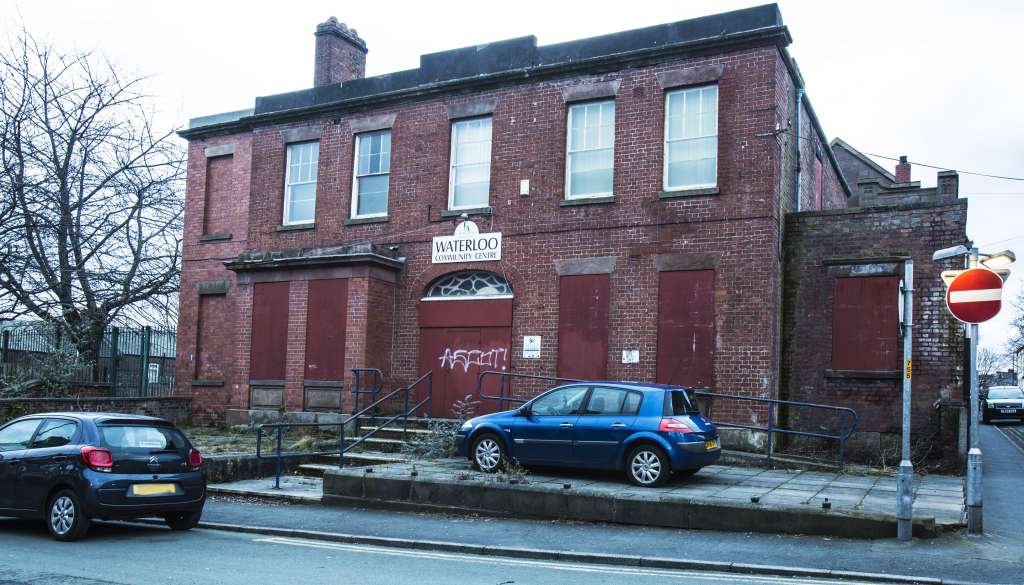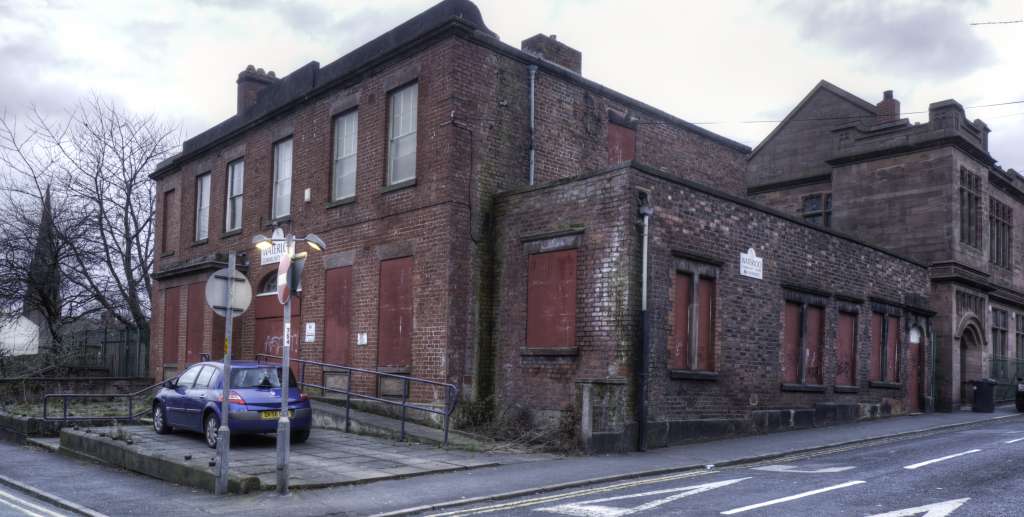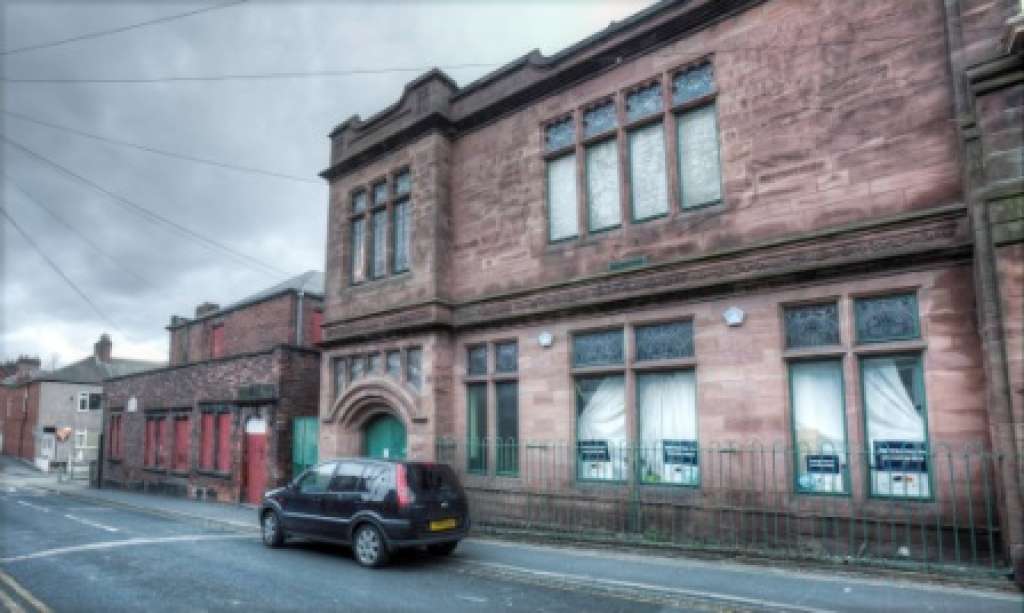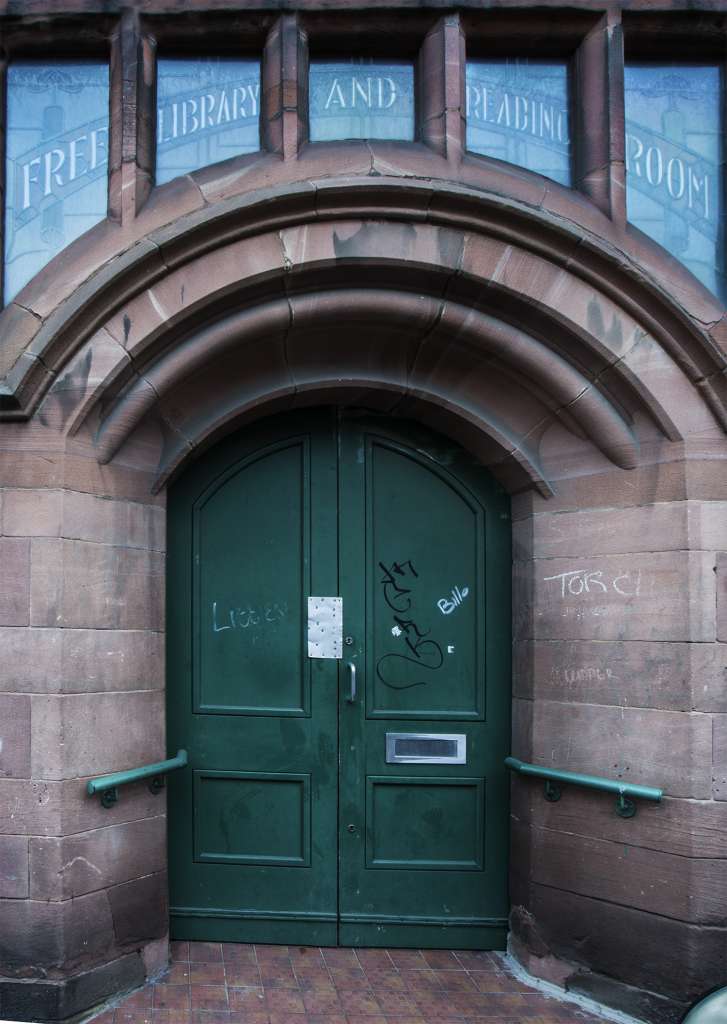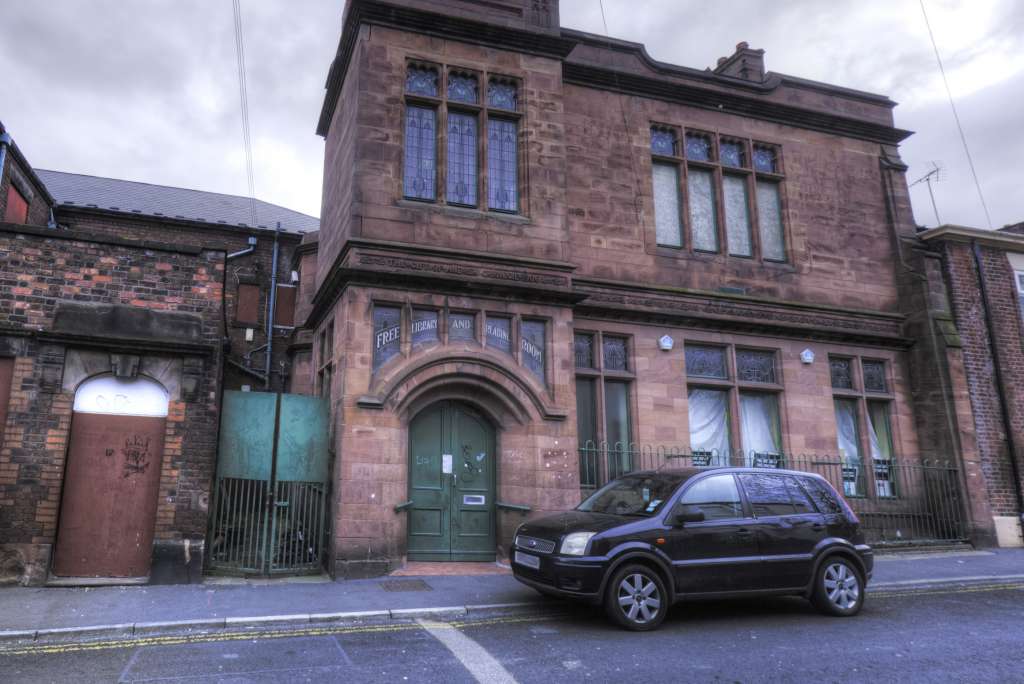Waterloo House, Runcorn faces demolition
Photo: Eveleigh Photography
Waterloo House is a handsome and substantial late Georgian merchant’s house. It was subsequently converted to use as the Runcorn’s Town Hall and is likely to have accommodated the town's original lending library. It is a local landmark, with evidential, social and historical value. It is a key building on the Runcorn Heritage Trail because of its importance to the town’s heritage.
The applications which have been made seek the demolition of Waterloo House and certain alterations to the listed Carnegie Library to which it is physically joined. Both Waterloo House and Carnegie Library were added to the Buildings at Risk Register in 2015. We have written to object to these proposals as we consider that the demolition of Waterloo House would result in harm to the character and appearance of the “Old Town” of Runcorn and would have an adverse impact on the setting of Carnegie Library as well as damage to its fabric.
Architecturally, Waterloo House is an imposing and once handsome double-fronted house of six bays, with a wide central door over which there is a segmental light. Built of red brick, it is prominently sited on a corner plot on a gentle rise in the land. When originally constructed in the early 1830s, it would have stood on relatively open ground at the centre of the growing settlement which was in the process of passing from a semi-rural community into a bustling industrial town.
Its restrained architectural character should not obscure the fact that this is a notable building dating from the earliest stages of Runcorn’s industrial development and was constructed for a member of one of the leading business families of the town, the Hazlehursts. Charles Hazlehurst was a member of the family soap manufacturing business as well as being a prominent Methodist and active participant in the running of the town. The sober character of Waterloo House is entirely in keeping with this and therefore significant in itself. Its history and that of the surrounding site requires better investigation so that its significance in planning terms may be fully understood and taken into account in considering the application.
Sold by Charles Hazlehurst in 1872, it was purchased for the offices of the Improvement Commissioners (the precursors of the Town Council), of which Charles was a member. It seems likely (and worthy of further investigation) that the wider site was also sold to the Commissioners at this time. Later the Technical Institute was constructed on land immediately to the north and then the Carnegie Library in 1906 was squeezed into the remaining land to the east. These were both civic projects and presumably built on land already owned by the Commissioners. Waterloo House served as Runcorn’s Town Hall until 1933 and remains in public ownership today. It has inevitably experienced various adaptations over this period of time but its exterior still retains a distinctive and elegant appearance.
Having lost the finely detailed, late Victorian gothic Technical Institute a few years ago, the demolition of yet another important historic building on this site would be a grave loss. Demolishing Waterloo House will rob the Carnegie Library of context and setting and will involve the loss of listed fabric. The shared history and physical location of these buildings could not be more closely linked.
There are a number of publications which could inform further investigation of Waterloo House’s place in Runcorn’s history including one published by Halton Borough Council itself (C.A. Cowan, “Runcorn Town Hall: A History and Description” (1990)).
To read the original Buildings at Risk entry of Waterloo House click here and of Carnegie Library, click here.

